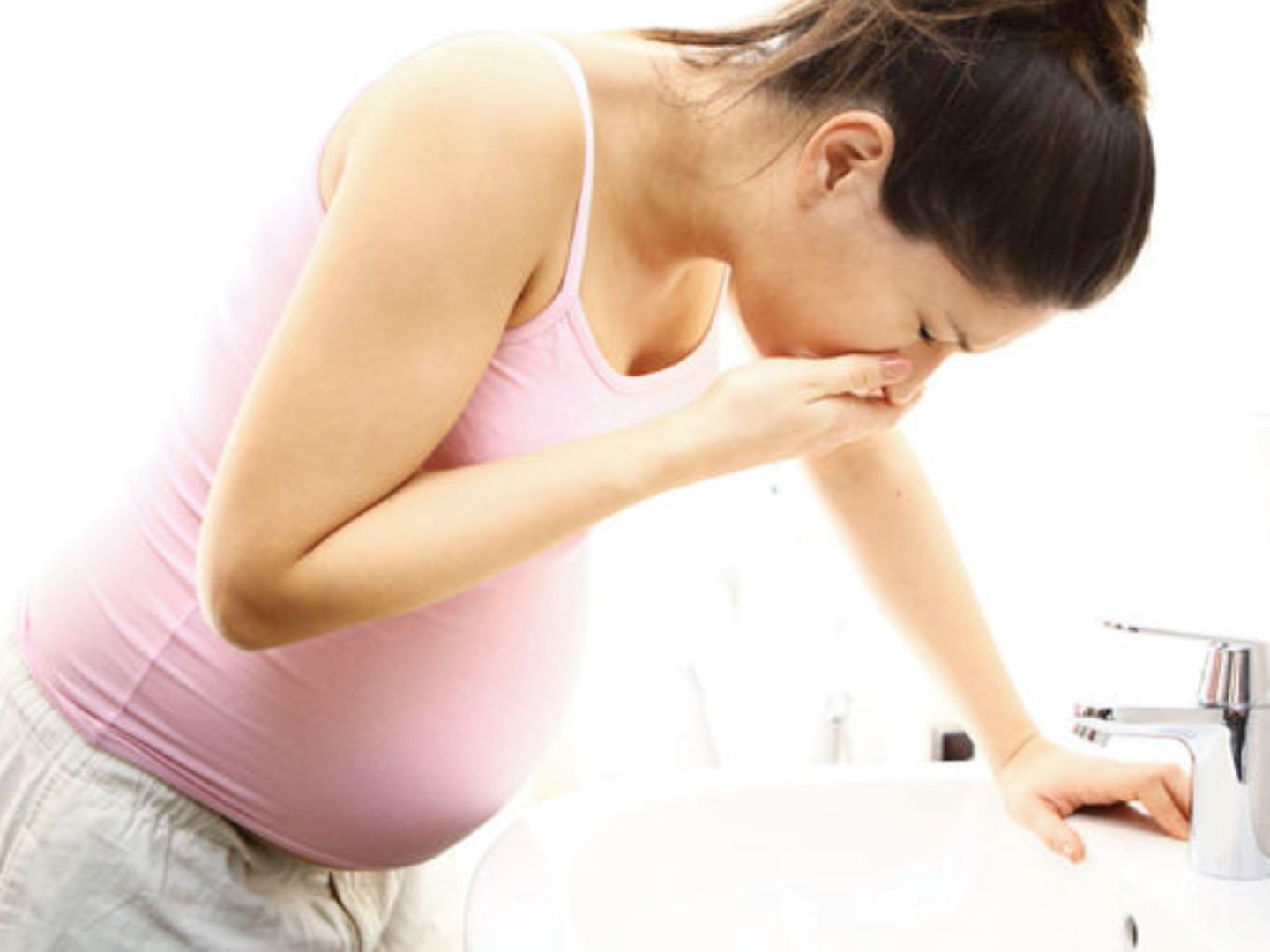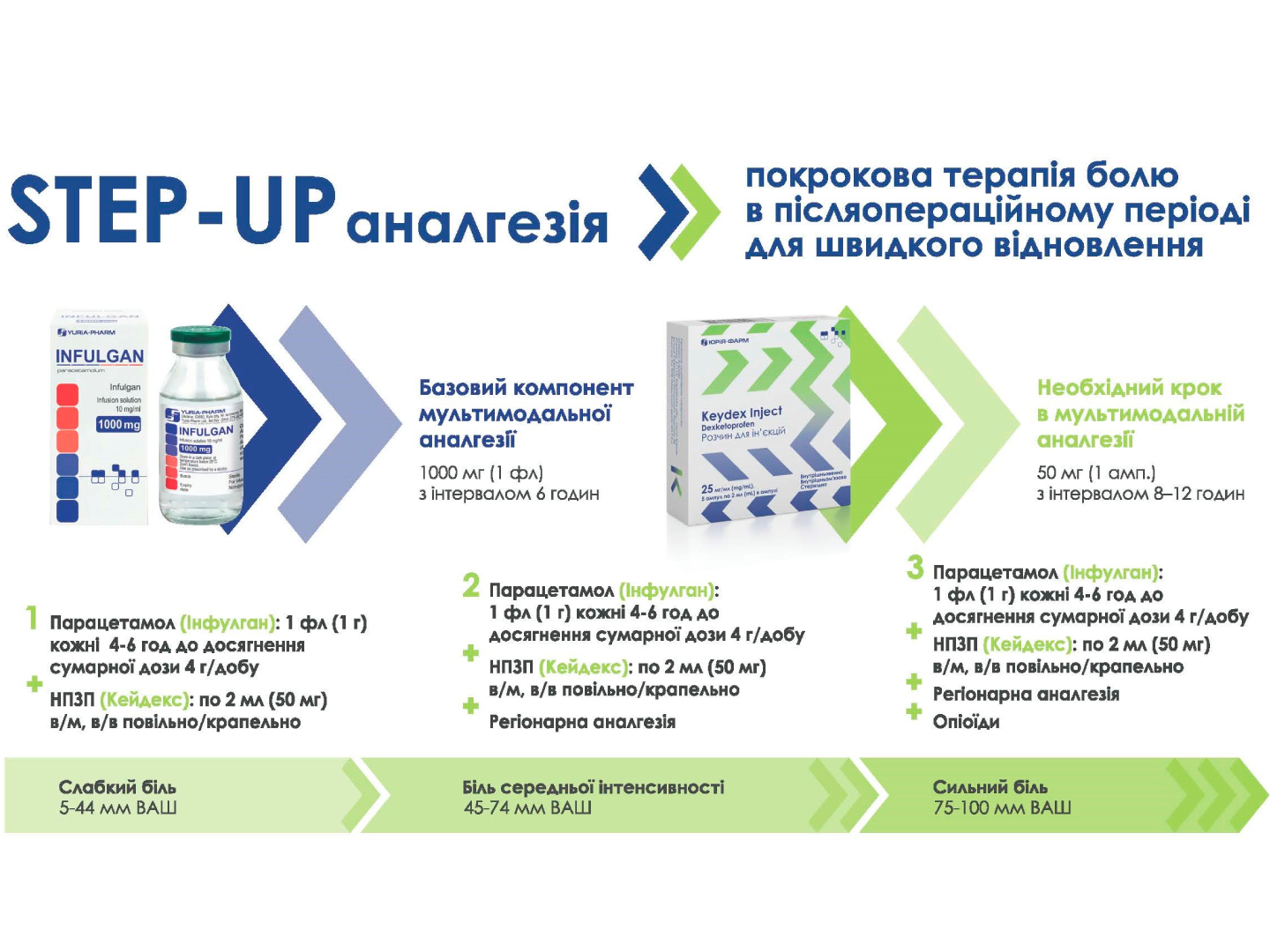Rheosorbilact improves the efficacy of empirical therapy for pelvic inflammatory disease (a case report)
The article presents a clinical case of the intravenous usage of sorbitol solution additionally to the combi‑nation of levofloxacin and ornidazole in patient with acute bilateral salpingoophoritis. On a background of treatment a significant clinical improvement was observed with subsequent recovery of the patient asso‑ciated with rapid restoration of ovarian artery hemo‑dynamics according to ultrasound Doppler findings. It can be assumed that the sorbitol-containing solution played the role of a hydrodynamic conductor for an‑tibacterial substances in the zone of inflammation. However, further studies are required to confirm this assumption.
Keywords: pelvic inflammatory diseases, empirical antimicrobial therapy, Rheosorbylact, levofloxacin, ornidazole.
Literature:
- Di Tucci C., Di Mascio D., Schiavi M. C. et al. Pelvic Inflammatory Disease: Possible Catches and Correct Management in Young Women. Case Rep Obstet Gynecol. 2018; 2018: 583‑1029.
- Mongkhon J. M., Thach M., Shi Q., et al. Sorbitol-modified hyaluronic acid reduces oxidative stress, apoptosis and mediators of inflammation and catabolism in human osteoarthritic chondrocytes Inflamm Res. 2014; 63 (8): 691‑701.
- Naqvi S. A.R., Drlica K. Fluoroquinolones as imaging agents for bacterial infection. Dalton Trans. 2017; 46 (42): 14452‑14460.
- Nomoto Y., Sawada S., Abe S. et al. Sorbitol Minimizes Calcium Carbonate Scale Generation While Maintaining the Disinfection Effect of Heated Scallop-Shell Powder for Fresh Produce Biocontrol Sci. 2018; 23(4): 157‑165.
- Özbay K., Deveci S. Relationships between transvaginal colour Doppler findings, infectious parameters and visual analogue scale scores in patients with mild acute pelvic inflammatory disease. Eur J Obstet Gynecol Reprod Biol. 2011; 156 (1): 105‑8.
- Rafeek R., Carrington C. V.F., Gomez A. et al. Xylitol and sorbitol effects on the microbiome of saliva and plaque J Oral Microbiol. 2018; 11 (1): 1536‑181.
- Romosan G., Valentin L. The sensitivity and specificity of transvaginal ultrasound with regard to a cute pelvic inflammatory disease: a review of the literature. Arch Gynecol Obstet. 2014; 289 (4): 705‑14.
- van der Hoven B., van Pelt H., Swart E. L. et al. Noninvasive functional liver blood flow measurement: comparison between bolus dose and steady-state clearance of sorbitol in a small-rodent model. Am J Physiol Gastrointest Liver Physiol. 2010; 298 (2): G177‑81.
- Verdon R. Treatment of uncomplicated pelvic inflammatory disease: CNGOF and SPILF Pelvic Inflammatory Diseases Guidelines. Gynecol Obstet Fertil Senol. 2019; 47 (5): 418‑430.
- Zhivolupov S. A., Samartsev I. N., Rashidov N. A. et al. Metabolic therapy in neurology. Zh Nevrol Psikhiatr Im S. S. Korsakova. 2013; 113 (7): 37‑41.
- Siplivy V. A., Dronov A. I., Kon E. V. et al. Antibiotics and antibacterial therapy in surgery. Monograph; 2006; 32‑40.



